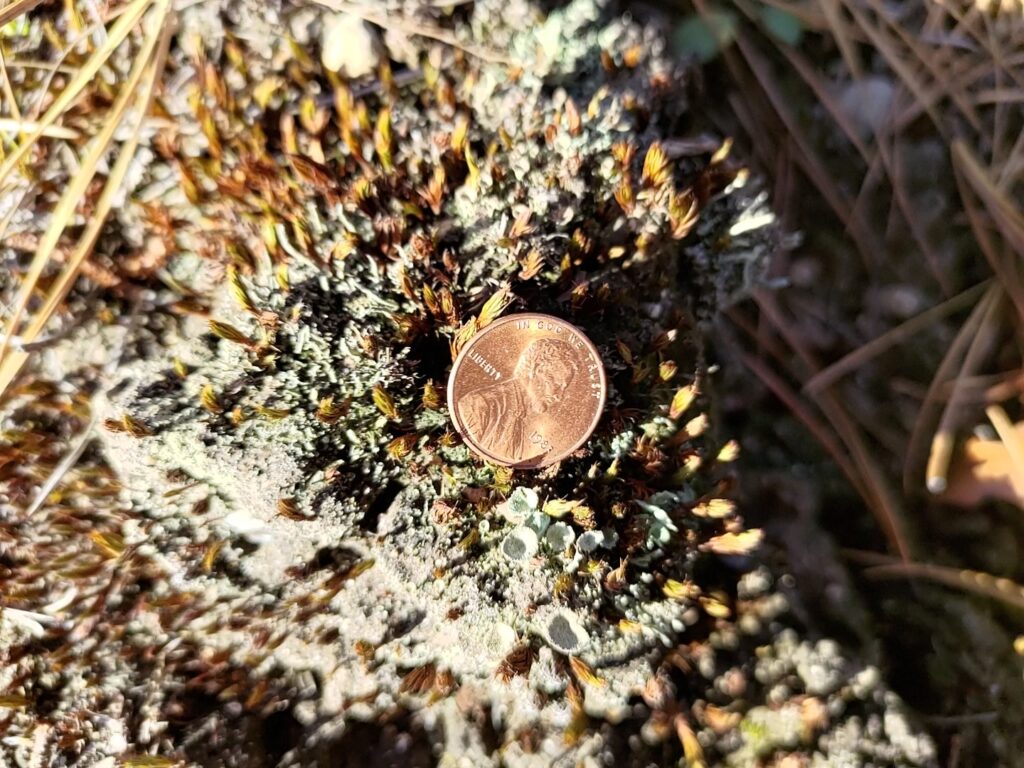
The 2025 Worldcon in Seattle was generally good. I served on a lot of panels, had a good reading, and (for me) met a lot of people. But I had one unpleasant experience that left a bad taste in my mouth and left me feeling rather mixed on the whole convention.
I had a reading. At first, I realized they had scheduled my reading for Sunday when would have already left. But they were graciously able to reschedule it earlier in the Con. It was, in fact, in the second reading slot for the convention. I worried that it might not get any attendees. After Boskone, I said I would be happy if my reading had any attendees. But there were six people, two of whom came specifically to see me. I joked afterward that it had a non-zero number of attendees and some of them were not even related to me by blood.
I also served on seven panels at Worldcon. Seven is rather a lot, but I like to be busy. I moderated one panel and was a panelist on the others. Many people came up afterward to praise my performance both as panelist and moderator — and to express interest in my books. And some even came to the dealer room later to find me and buy copies.
The panel I moderated, An Hour of the Strange, Unusual, Creepy, went very well. One of the participants had emailed everyone within a day or two of the panel being proposed to start organizing it and asked everyone to introduce themselves and describe what they wanted to do talk about. I responded to the email and then, a day or two, followed up gently with the email I normally sent to panels that I’m going to moderate that introduces me as the moderator with my usual information requests, that includes how to pronounce names and solicits questions that will allow each panelist to make the points they want to make about the topic. A few days before the panel, I sent the list of questions I’d come up with. Our presentation went well and I think everyone was able to participate well and say what they wanted to say. The guy who’d tried to take over as organizer apologized after the panel for jumping the gun. He said he’d served on another panel where the moderator never reached out or did anything (which has happened to me too). I said it was no problem. I was pleased that everyone seemed happy with the result.
Most of my other panels were about biology. On Life as we know it, I got to serve with Frank Wu again. We were on a similar panel at Boskone. In the lead up to the panel, I pointed out a couple of new unusual life forms that I had heard about that Frank hadn’t yet seen. He was super excited about them and I think I earned a lot of points with him. In both Can biological research ever be independant? and Human evolution and our influence on it were well-stocked with real expertise and I felt like I could play effectively off points other people were making to add useful information and nuance.
I was on two ‘non biology’ panels. One was about self-publishing for poets, which went well where I got to show off my Esperanto books and the ‘zines I’ve made. The other was about Makerspaces. One of the participants didn’t show up for that one and so it was a little thin. But we had a good time playing off the audience’s questions and letting them to contribute useful information.
My favorite panel was Biology and Evolution of the Dog that had a perfect mix of expertise and personalities. The moderator was a PhD Doctor of Veterinary Medicine who had been deeply involved with sequencing projects. There was an evolutionary biologist and a dog training expert. And me. Since everyone else could play to their expertise, I could just be the weird author and talk about boxer dogs and my story with a character who is a NeoBoxer.
The panel got off to a rough start when it turned out that there was no projector to share the slide presentation the moderator had constructed. I suggested that we could run a zoom session that the participants could join and the moderator could share the presentation that way. In the 15 minutes before the start, I set a zoom session, everyone joined, and it worked. (Mostly. The convention center was experiencing some network issues and the moderator got dropped from the zoom session a couple of times. But we rolled with it, reorganized a couple of the points, and got through everything.)
I also had several SFWA events. I attended a board meeting, served at the SFWA “fan table” a couple of times, and attended a breakfast (for a few minutes: it was tightly packed in a small, poorly ventilated room so I left once it got busy to reduce my exposure to COVID). They had a networking reception that I unfortunately couldn’t attend, because I was on a panel at the same time. But I got to introduce myself as the Secretary to a bunch of SFWA folks, including John Scalzi, while I was serving at the fan table and selling books.
I was too busy to spend a lot of time selling books in the dealer room, but I was there much of my free time. We had brought some books (my own and others from my publisher) and dropped them off before the dealer room opened. I managed to sell most of the books I’d brought and ended up bringing home only a handful. I didn’t manage to sell any of my Esperanto chapbooks, which kind of surprised me. But not that much.
Everything went very well with one exception. One of the other authors with my publisher decided to try to chastise me on two separate occasions for things they misunderstood about what I was doing. In both cases, I felt that they were very aggressive and kind of an asshole about it. I reported the conflicts to my publisher and said that, as things stand, I will not work with this person going forward. But it made me somewhat upset and rather colored the whole Worldcon experience for me.
I should recognize my son Daniel for coming along with me. He was a boon companion and made sure I got at least one good meal each day. Plus he helped me schlep the books all the way there. I really enjoy having him come along with me for many reasons but also because, honestly, I don’t quite trust myself to manage all of the travel details anymore, and so having second set of eyes on everything is reassuring.
We checked out of the hotel around 6am Sunday morning and spent the whole day traveling home: light rail to the airport then two 3-4 hour flights with a long layover in DFW. We finally got home around 1am. I’m rather glad I’m not traveling again until November for LOSCon.





